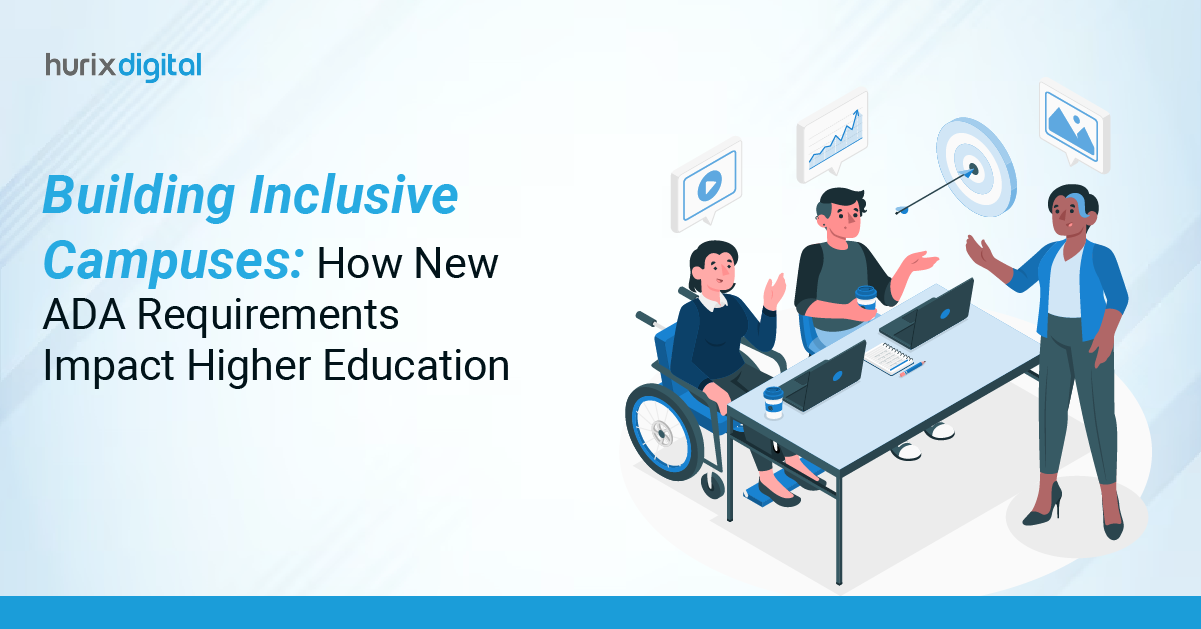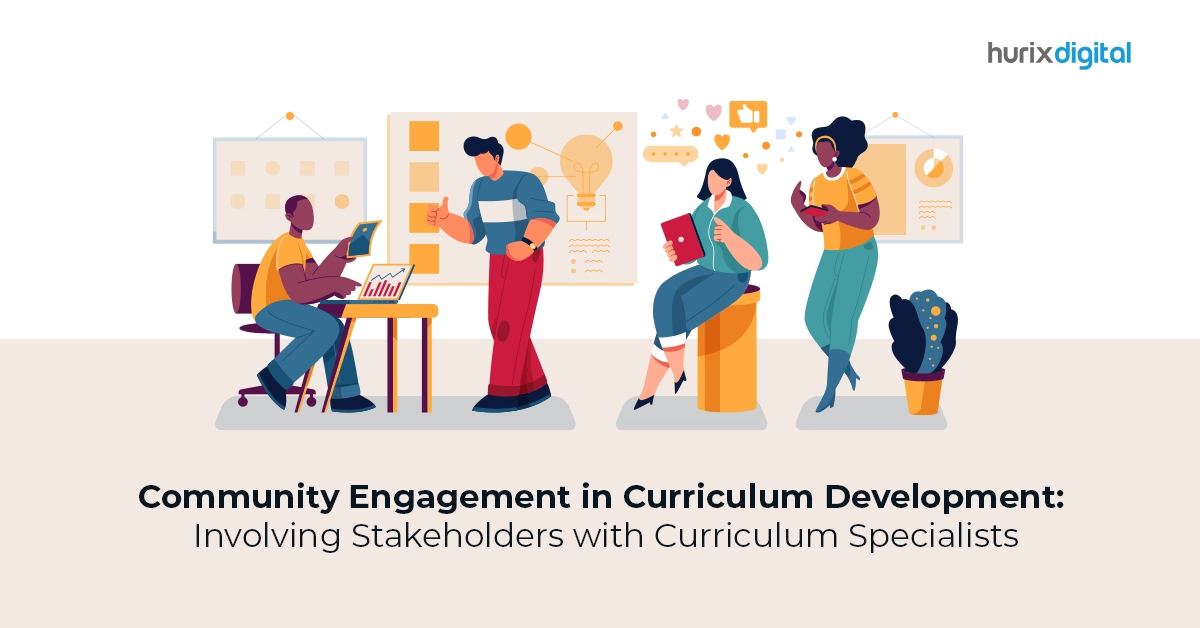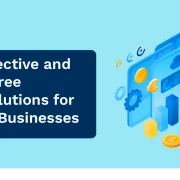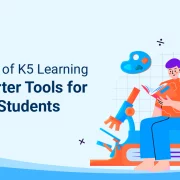
How Can You Make Effective Graduate Programs that Stand the Test of Time?
Summary
This blog discusses future-proofing graduate programs by designing curricula that fill academia-industry gaps, incorporate authentic experiences, and leverage AI for personalized learning.
As the paradigm shift in the education sector continues to accelerate, the importance of future-proof graduate programs grows. However, as the world is changing, how educational institutes prepare students to take up the challenges must evolve.
Academic program sustainability has far-reaching impacts on students across various branches of undergraduate studies. It can impact the future prospects of students—in terms of career and personal development.
But hold on! Here’s the main question: Is our higher education program development making students future-ready?
Stay tuned as we try to find the answer to this question.
Dive into the crucial role of higher education program development as we decipher the multifaceted landscape of graduate studies curriculum. From understanding the challenges of curriculum design for graduate programs to knowing future trends, this blog navigates the complexity of educational policy.
Table of Contents:
- What is Higher Education Program Development?
- Curriculum Design for Graduate Programs: Blueprint for Future-Proof Educational Content
- Roadblocks in Academic Program Sustainability
- Higher Education Development Program: Strategies to Make Curriculum Future-Oriented
- Wrapping Up
What is Higher Education Program Development?
Higher Education Program Development is a process of designing and organizing curricula for K12 and above. It also encompasses identifying and systematizing instructional materials for a given course.
Additionally, it even involves updating the existing curriculum to address the evolving educational standards and job markets. Designing a graduate studies curriculum requires a combination of relevant content, timing, and the latest teaching methods to yield the best outcomes.
Now that we understand the meaning of developing a higher education program, let’s examine why having one in place is crucial.
Also Read: Holistic Approaches to a Student-Centered Approach and Equity in Higher Education
Curriculum Design for Graduate Programs: Blueprint for Future-Proof Educational Content
A conscientiously planned curriculum is critical to academic program sustainability. The benefits of higher education program development are limitless.
Below, we have listed prominent reasons why curriculum design matters for undergrad students:
1. Extensive and Intensive Learning Experience
Curriculum design for graduate programs is essential to establish a comprehensive and intuitive learning experience. It covers subject-specific content and promotes critical thinking abilities.
2. Aligned Learning Outcomes
A carefully devised higher studies education program ensures the learning materials and teaching methods align strategically. This facilitates students’ comprehensive and comprehensible educational framework, allowing them to grow career-wise.
3. Optimum Resource Allocation and Utilization:
Optimum resource utilization is paramount for any educational institute. Implementing a detailed higher education curriculum blueprint can potentially improve the allocation and utilization of available resources.
4. Fosters Vibrant Learning
A strategically planned curriculum is vital to shaping students’ futures and encouraging a rich learning community. This allows the educators to gauge students’ progress while providing a structured learning environment.
5. Promotes Inclusive and Accessible Education
From screen readers to cognitive keywords, assistive technologies have become a boon for students with disabilities. Therefore, it becomes essential to design an accessible curriculum that effortlessly aligns with these advanced technologies. Upgrading higher education development programs addresses the diverse needs of special needs students, ensuring inclusivity.
Roadblocks in Academic Program Sustainability
Adopting innovation comes with roadblocks. The same applies to implementing future-proof graduate programs—there are several hurdles and challenges.
Here’s a quick overview of roadblocks:
1. Varied Student Needs
Every student is different, and so are their needs. Catering to these diverse demands poses a significant challenge for higher education development programs. Regardless of diversity, it’s imperative to create a graduate studies curriculum tailored to address specific requirements of different types of students.
2. Keeping with Changing Higher Education Trends
The educational sector is constantly evolving. Matching the pace of the latest trends creates a huge obstacle to making the curriculum forward-looking. This results in gaps between academia and industry requirements.
3. Limited Resources
Most educational institutes struggle with limited resources, both in terms of faculty availability and finances. A lack of investment in advanced technologies results in a curriculum that does not align with changing industry standards and job market needs.
Higher Education Development Program: Strategies to Make Curriculum Future-Oriented
To meet the rapidly advancing job markets, the higher education curriculum needs to be broadened. Here are some strategies you can apply to make your higher education development program more seamless and future-ready:
1. Include Authethnic Learning Experiences
Do you know that 87% of companies worldwide report experiencing skill gaps? One of the major reasons for the global skill shortage is the lack of authentic and real-life learning experiences.
Many employers in skill-based industries demand graduates with practical work experience. So, when developing a higher education program, focus on project-based learning and internships. This promotes critical thinking and provides cognitive flexibility, allowing students to find creative solutions to complex problems.
This enables learners to gain real-life experience and understand the technical nuances of their subject. As a result, students can assemble a strong portfolio and competency transcript, making them more employable.
2. Focus on Filling the Gap Between Academia and Industry Demands
The gap between academia and industry is getting wider and needs to be addressed immediately. Bridging this rift is important while developing the graduate studies curriculum. One of the most effective ways is to collaborate with subject matter experts to gain insights into the changing job markets.
This will help you gain a holistic perspective of future education trends and how they affect job markets. With these insights, you can create a higher education development program focusing on the skill development required for a thriving career.
3. Leverage AI-Powered Adaptive Learning Models for Personalized Experience
The advent of Artificial Intelligence (AI) in higher education is more than a revolution. Predictive analytics and adaptive learning features have shaped the future courses of the academic program’s sustainability.
Leveraging these features allows you to design a graduate studies curriculum based on adaptive learning. Rather than taking a traditional cookie-cutter approach, this model allows educators to create personalized learning paths. The curriculum designed using each student’s preferred pace, learning style, and level of understanding boosts student engagement.
Check out EXCLUSIVE: Hurix Digital Enhances Accessibility for Over 100,000 Students for a US-Based Community College
Wrapping Up
As wise men say, “Change is Constant,” the educational sector is transforming. Thanks to the evolving job markets and pedagogy demands, higher education program development has become crucial.
These strategies will aid you in looking at the bigger picture to ensure academic program sustainability, making the graduate curriculum more forward-looking.
If you still have queries, contact Hurix Digital. We offer comprehensive solutions for future-proof graduate programs, helping educators create an immersive learning experience.
Want to explore our wide range of higher education program development services? Schedule a call today.

Senior Vice President – Business Development
Over 25 years of experience in the edtech and workforce learning industry with strong skills in Business Development, Customer Relationship Management (CRM) and Strategy.







